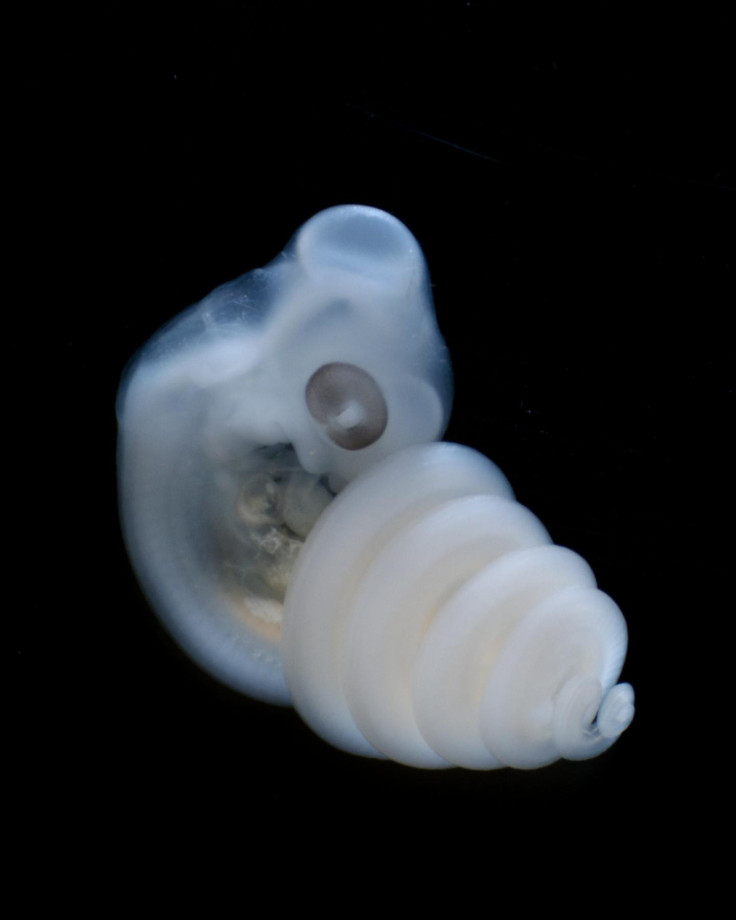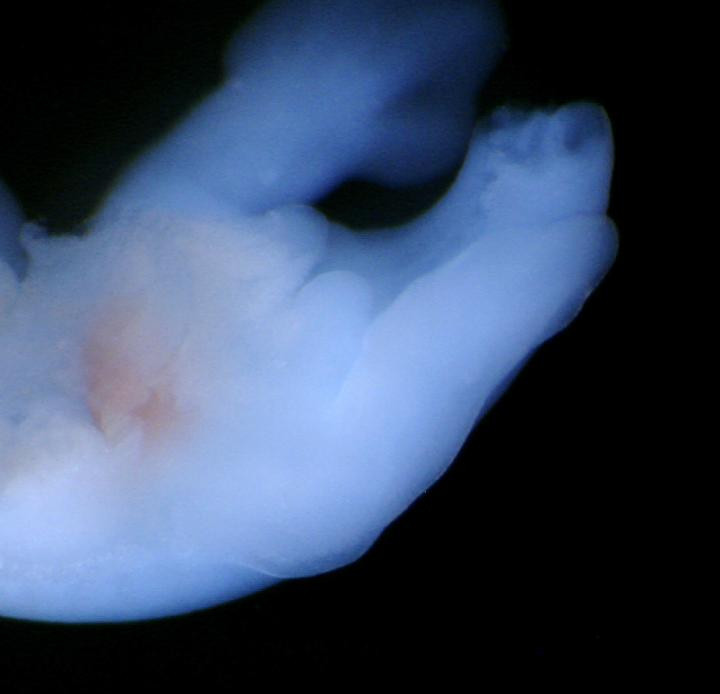The Origins of Genitalia: Genetic Evolution 'Linked to Limbs and Tail Buds'

The origins of genitalia are down to the location of two different types of cells in the body, according to research from Harvard Medical School.
Nature enjoys variety when it comes to genitalia. Lizards and snakes have two, while birds and people have one, even though they have a similar function and genes.
Looking at snake and lizard genitalia, it is positioned at the level of the limbs and derives from the cells which create hind legs. Whereas mammalian genitals are located a bit further down and stem from different cells, which create the tail bud. The reason for this is down to the cloaca.
When embryos are forming in the womb, the cloaca, a posterior opening which eventually becomes the urinary and gut tracts, sends out signals to the surrounding area telling the cells and tissues to form into external genitalia.

The location of the genitals is determined on the whereabouts of the cloaca and which cells receive the signals first. In snakes and lizards, the cloaca is positioned near the lateral plate mesoderm, one of three primary layers of cells which form during the embryonic stage, and the area which also creates the paired limbs. In mammals, the cloaca is closer to the tail bud.
To further confirm this answer, scientists carried out a series of experiments by grafting cloaca tissue next to the limb buds on group of chickens and next to the tail buds in another group.
In both cases, the tissue around the cloaca partially converted into genitalia.
This showed that different cells, as long as they have progenitor potential, can respond to cloaca signals and contribute to genital growth.
"While mammal and reptile genitalia are not homologous in that they are derived from different tissue, they do share a 'deep homology' in that they are derived from the same genetic program and induced by the same ancestral set of molecular signals," said research leader Clifford Tabin.
"Here we see that an evolutionary shift in the source of a signal can result in a situation where functionally analogous structures are carved out of nonhomologous substrate," added co-author, Patrick Tschopp. "Moreover, this might help to explain why limbs and genitalia use such similar gene regulatory programs during development."
© Copyright IBTimes 2025. All rights reserved.





















